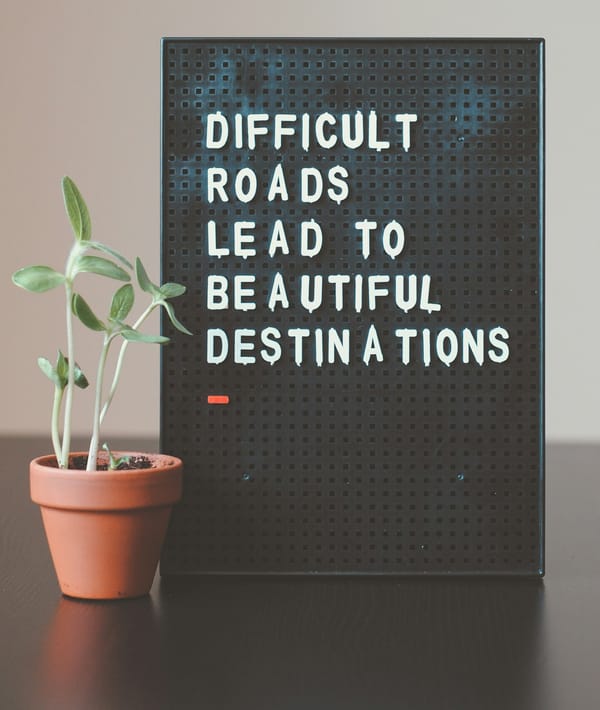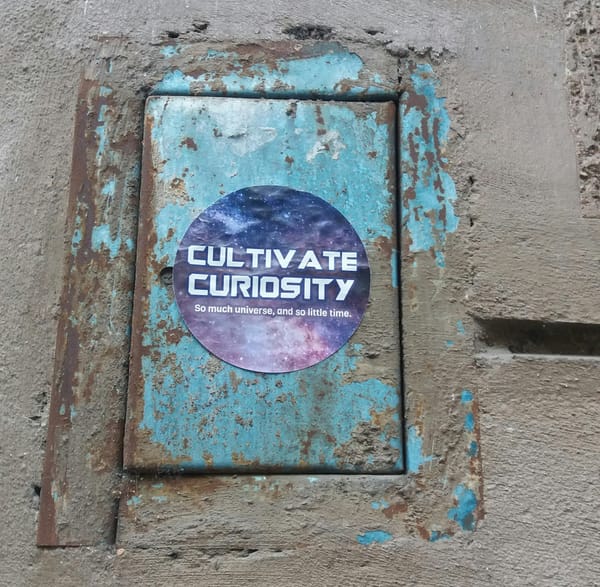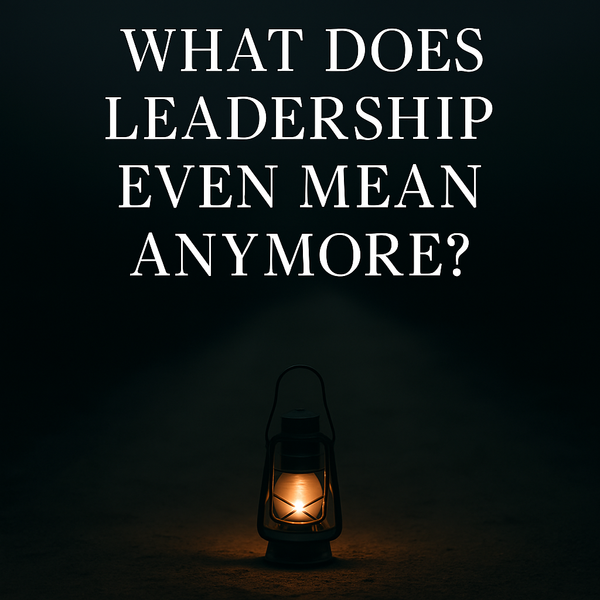Disruption for the Sake of...
Disruption has become a buzzword in business, but is all disruption created equal? In this piece, I explore the motives behind major market shifts, from Uber to Amazon, and ask a deeper question: what happens when we disrupt without thinking about the human cost?

We celebrate disrupters.
We write headlines about them.
We admire their boldness, bravado, and capacity to "break the system" and call it innovation.
But here’s a question that keeps me up at night:
What is disruption actually for?
Because “disruption” has become a badge of honor in business circles, a near-universal good, regardless of its downstream consequences. But is it always?
Let’s look at Uber as an example.
- A brilliant app.
- A seamless interface.
- A bold challenge to a long-standing (and often clunky) taxi industry.
From the rider’s perspective, it was a revolution. You could track your driver, rate your experience, and avoid awkward fumbling for cash. Convenience won. The old model lost.
But if you zoom out, a different story starts to unfold.
Most Uber drivers didn’t end up with drastically improved lives. Many shoulder significant financial risks, including vehicle maintenance, gas, insurance, with no healthcare, no job security, and no true path to financial stability. They're called “independent contractors,” but the independence is debatable.
So was this disruption better, or just different?
Or worse… was it just profitable for the people who created it?
The Motive Behind the Movement
This is the heart of the matter. The why behind the disruption.
Are most disruptors genuinely trying to make the world better? Or are they hoping to catch lightning in a bottle, grow fast, and get acquired before the ethical dust settles?
Because if disruption is only about valuation, market share, and exit strategy, then we’re not innovating. We’re exploiting.
Take Amazon. Jeff Bezos saw a better way to sell books. That initial disruption was smart, customer-centric, and efficient. And the success of that model allowed Amazon to scale beyond anything the original team likely imagined.
But here again, who benefited most?
Certainly not the warehouse workers racing against automated quotas while earning wages that often don’t cover the cost of living. And definitely not the small businesses cannibalized by Amazon’s supply chain dominance.
Bezos built an empire. But what if he had built an employee-owned company instead?
A Different Kind of Disruption
Imagine a parallel universe: Amazon, but from the beginning, its success was shared, not hoarded.
Every warehouse worker, software developer, customer service agent, and driver had equity. Wealth was distributed across a massive ecosystem of contributors. Incentives were aligned. Voices were heard. Decisions are considered more than just quarterly earnings.
Would Amazon still be the juggernaut it is today?
Probably.
But maybe, just maybe, we wouldn’t be living in a world where one man has a yacht so large it needs its own yacht while thousands of his employees qualify for food assistance.
That’s the kind of simulation I wish we could run.
The Human Cost of Disruption
True innovation should make life better, not just faster, cheaper, or more scalable.
It should elevate people, not replace them. It should reward creators and caretakers. It should fix systems, not fracture them.
But that takes intention.
It requires leaders willing to ask hard questions, not just about what they’re building, but why they are building it.
Disruption for the sake of profit is common.
Disruption for the sake of people is rare.
But when it happens, when it really happens, it doesn’t just shift markets.
It changes the world, for the better.




